8 Foods to Eat on Ozempic and 4 to Avoid
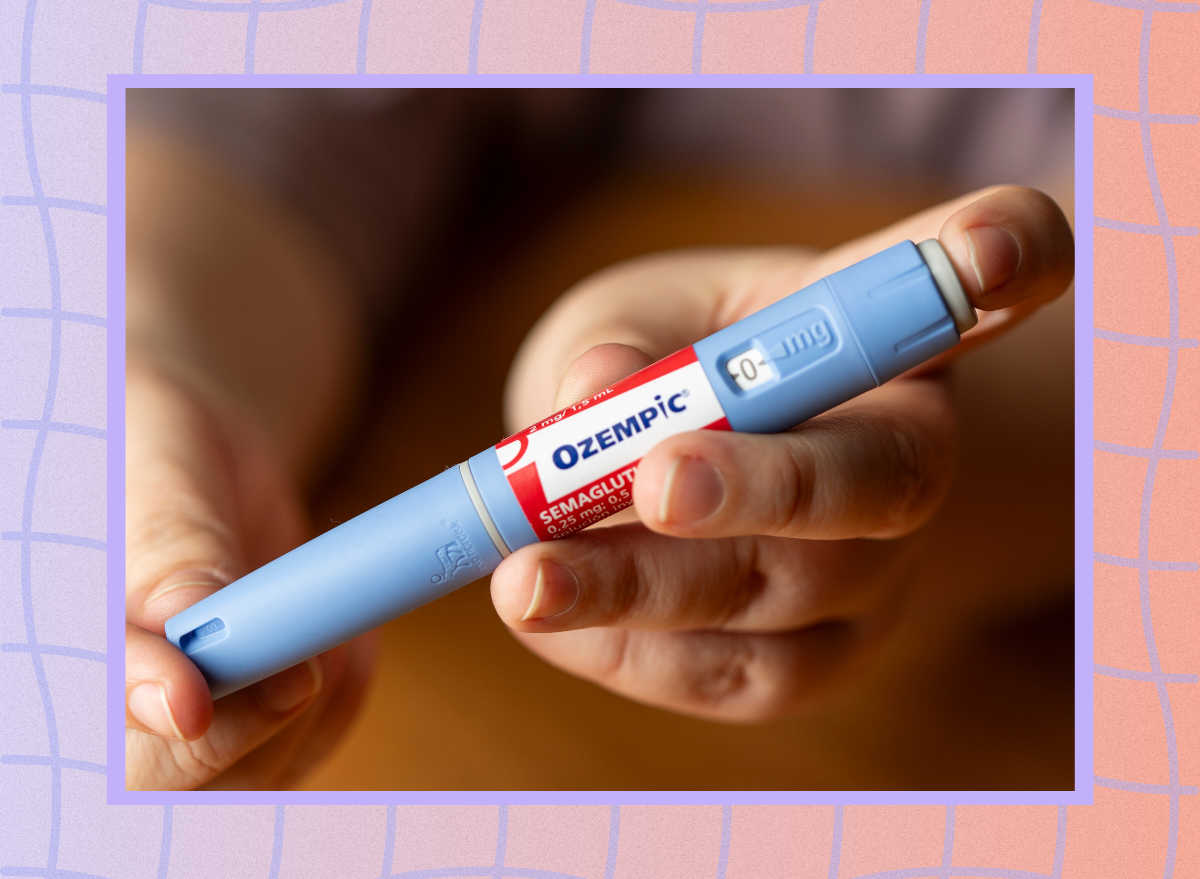
As a registered dietitian, I've noticed a growing trend in my practice: more and more clients are being prescribed GLP-1 medications like Ozempic. Whether you're just starting your journey with these medications or have been taking them for a while, figuring out what to eat can feel overwhelming. With my MPH, RDN, and LD credentials, I've helped numerous clients navigate their diet while on these medications. Here's your comprehensive guide to eating well on Ozempic.
How GLP-1 Medications Affect Your Digestion
One major way GLP-1 medications aid in blood sugar control and weight loss is slowed gastric emptying. Essentially food stays longer in the stomach and improves satiety. This can cause nausea or bloating for some individuals, especially early on. Because of this, certain foods should be avoided and including high-fat, fried, and overly processed foods as they take longer to digest on their own. Lean protein, healthy fats, and fiber-rich foods all aid in blood sugar control and sustained energy without stomach bloating and excess fullness. Foods that are soft and easy to digest, like yogurt, cooked vegetables, and eggs, are better tolerated as well.
8 Best Foods to Eat on Ozempic
Greek Yogurt
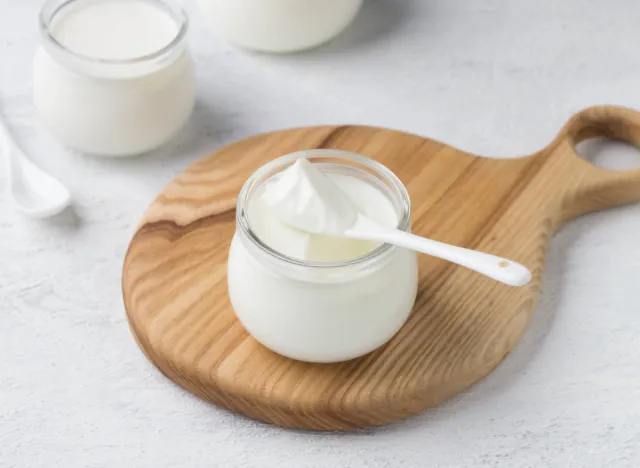
Why it's beneficial: High in protein and probiotics, it supports gut health and satiety.
Best ways to incorporate: Eat it plain or with berries and nuts; use it as a base for smoothies.
Portion size: ½ to ¾ cup per serving.
Tips: Choose unsweetened versions to avoid blood sugar spikes.
Common mistake: Avoid overly processed, high-sugar yogurts marketed as "healthy."
Eggs
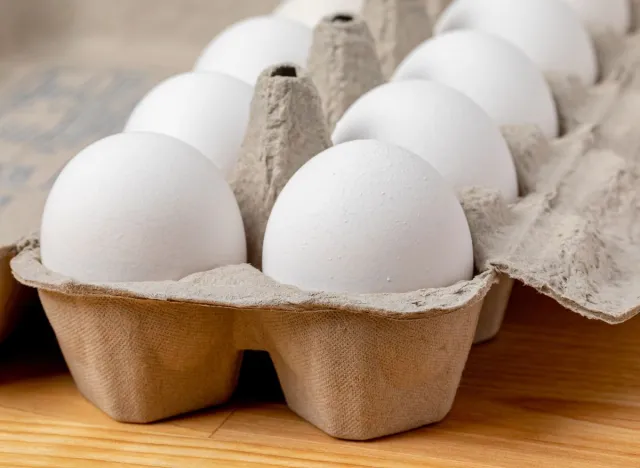
Why it's beneficial: A protein powerhouse that's easy to digest.
Best ways to incorporate: Scrambled, boiled, or made into veggie omelets.
Portion size: 1–2 eggs per meal.
Tips: Pair with whole grains or veggies for a balanced meal.
Common mistake: Overloading with butter or heavy cheese, which may slow digestion.
Lean Chicken or Fish
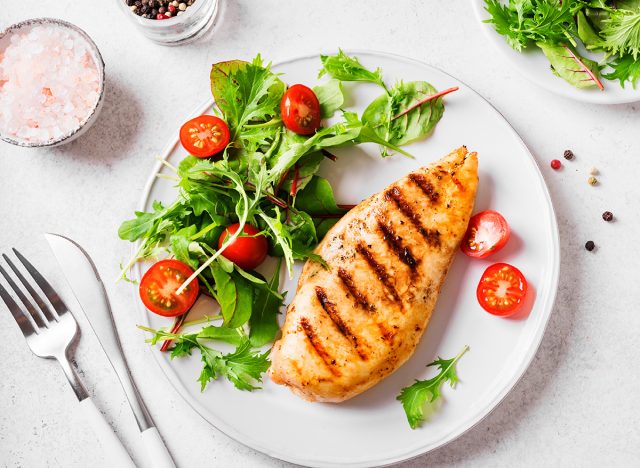
Why it's beneficial: High-quality protein for muscle maintenance.
Best ways to incorporate: Grilled, baked, or shredded into salads and soups.
Portion size: 3–4 oz per meal.
Tips: Choose mild seasonings to avoid nausea.
Common mistake: Avoid fried versions, which may cause GI discomfort.
Oatmeal
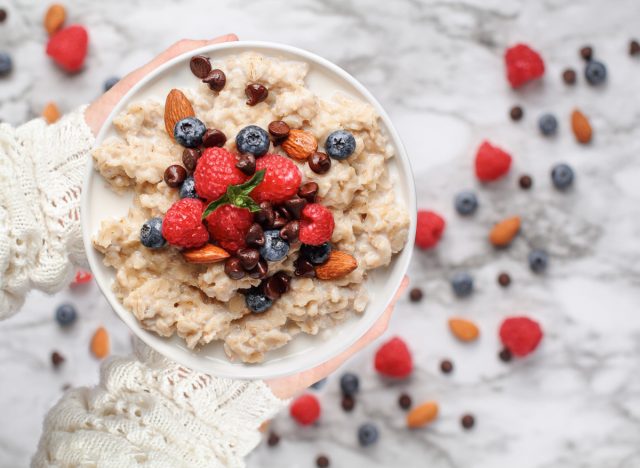
Why it's beneficial: Fiber-rich and gentle on digestion.
Best ways to incorporate: Cook with water or milk, top with nuts and fruit.
Portion size: ½ cup cooked.
Tips: Add cinnamon for blood sugar balance.
Common mistake: Avoid instant oatmeal with added sugars.
Avocados
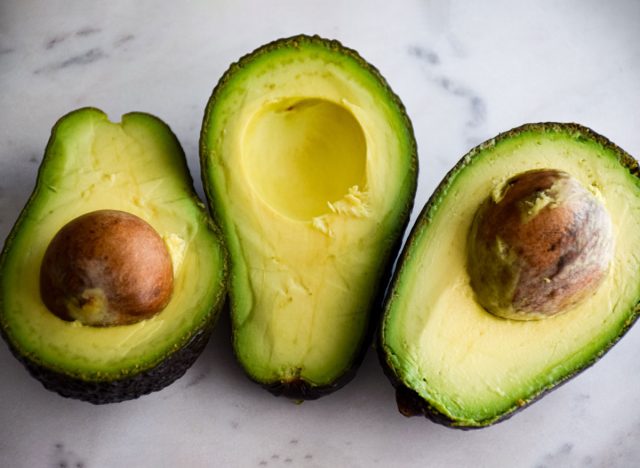
Why it's beneficial: Provides healthy fats and fiber for satiety.
Best ways to incorporate: Add to toast, salads, or smoothies.
Portion size: ¼ to ½ an avocado per meal.
Tips: Pair with lean protein to avoid excessive fat intake.
Common mistake: Eating too much at once, which may delay digestion.
Cooked Vegetables
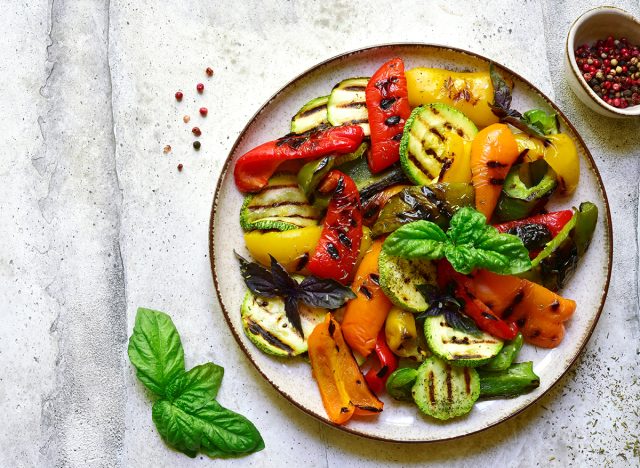
Why it's beneficial: Easier to digest than raw veggies while still providing fiber and nutrients.
Best ways to incorporate: Steam, roast, or sauté with olive oil.
Portion size: ½ to 1 cup per meal.
Tips: Chew thoroughly to aid digestion.
Common mistake: Avoid heavy butter or creamy sauces that slow stomach emptying.
Berries
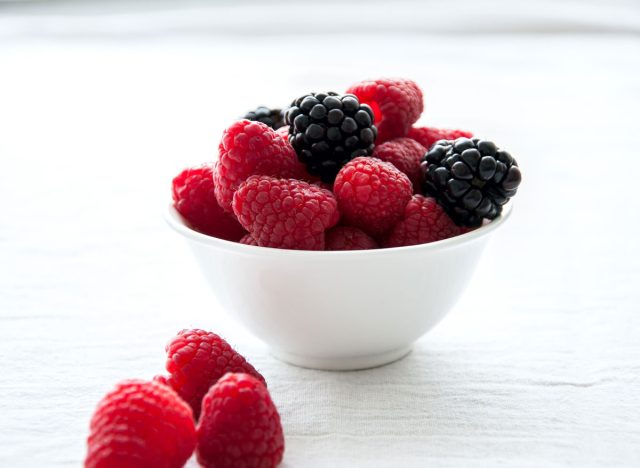
Why it's beneficial: High in antioxidants and fiber without spiking blood sugar.
Best ways to incorporate: Eat fresh, in yogurt, or blended in smoothies.
Portion size: ½ to 1 cup.
Tips: Pair with protein to maintain steady energy.
Common mistake: Avoid juice or dried berries with added sugar.
Nuts and Seeds
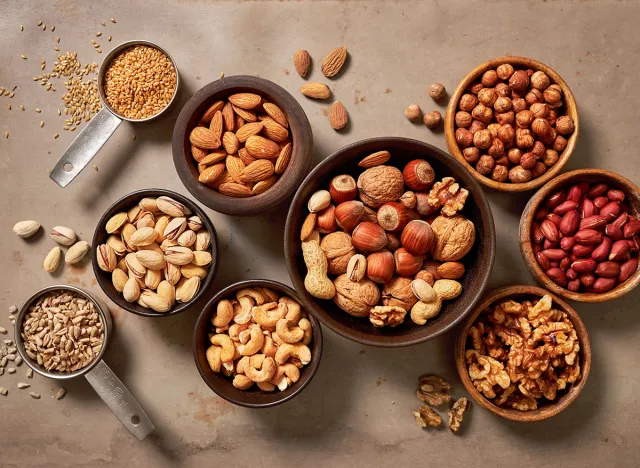
Why it's beneficial: Provide protein, fiber, and healthy fats in small portions.
Best ways to incorporate: Sprinkle on salads, oatmeal, or yogurt.
Portion size: 1-2 tablespoons.
Tips: Choose unsalted, raw, or lightly roasted versions.
Common mistake: Eating too much at once, which may cause digestive discomfort.
4 Foods to Avoid on Ozempic
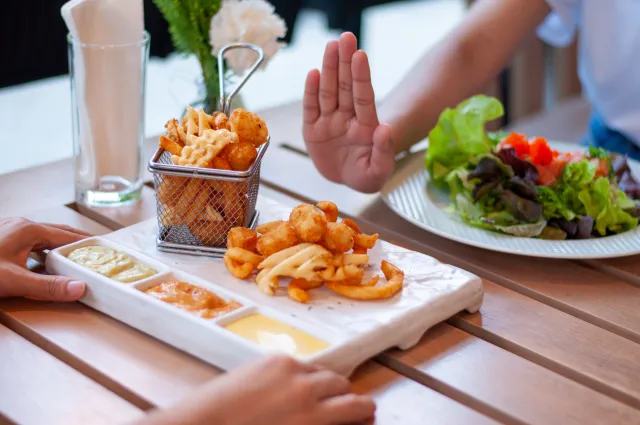
- Fried and Greasy Foods – Cause nausea and bloating by slowing digestion.
- Sugary Beverages – Empty calories, which are counterproductive to weight loss efforts and full of sugar that spikes glucose.
- Highly Processed Carbs – Cause fluctuations in blood sugar and don't provide lasting satiety.
- Carbonated Drinks – May worsen bloating and discomfort due to trapped gas.
How to Structure Your Meals
Timing meals can help mitigate any digestion discomfort when taking Ozempic. Small, frequent meals versus attempting three large meals a day can prevent too much pressure on the digestive system at once. It is best to start the day with a high-protein meal to support stable blood sugar and energy. Lunch and dinner can include lean protein, healthy fats, and fiber. Eating small snacks or mini-meals between regular traditional meal times can prevent energy crashes and should contain the same nutrients like lean protein and fiber.
The Importance of Staying Hydrated
When taking Ozempic, hydration is often overlooked, but it is vitally important to the medication efficacy and to prevent unwanted side effects. Mild dehydration can slow the digestive system, which should be avoided considering the medication is already doing that as a natural bi-product. Adequate hydration will prevent constipation and overeating, as thirst often mimics hunger. Snacking on water-rich foods can help prevent hydration and keep metabolism up.
Tips for Getting Started
It could be beneficial to make small, mindful changes to your diet when beginning Ozempic with a focus on balanced meals made with easily digestible foods. Nausea and gastrointestinal discomfort are common when first starting the medication, which makes this initial change important to prevent unwanted side effects. Gradually increase fiber in the diet to prevent digestive discomfort and be vigilant regarding hydration to prevent constipation. And if you enjoyed this article, don't miss How Long Your Walking Workout Should Be To Shrink Belly Fat.









